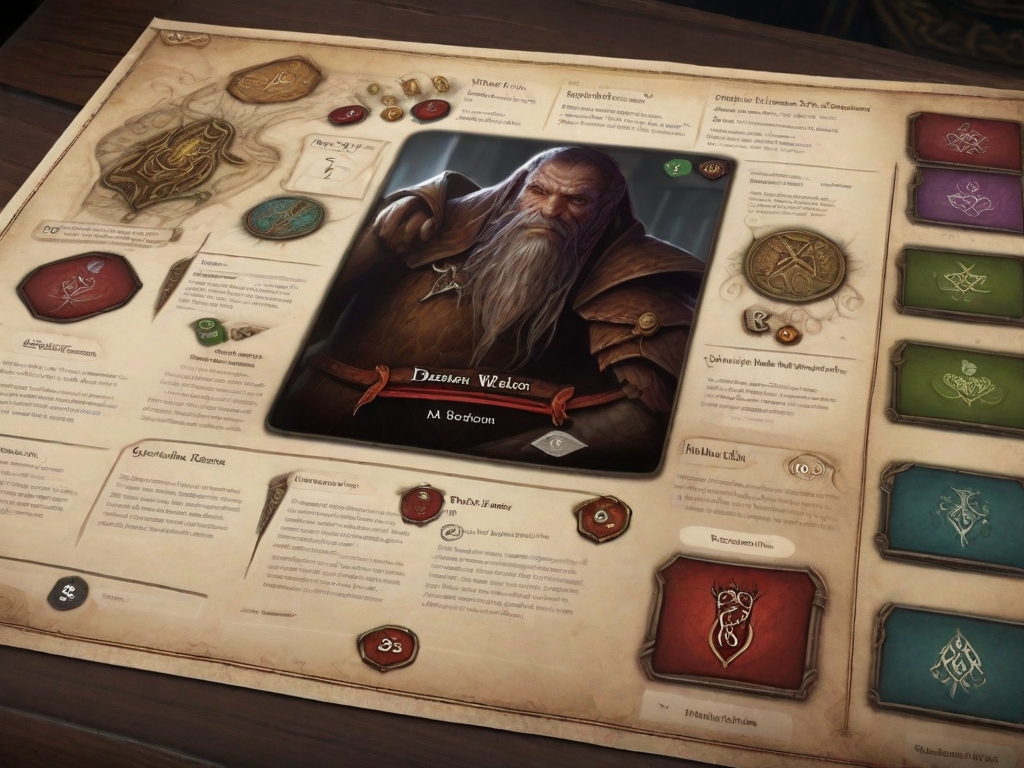Mastering Proficiency: Your Guide to D&D’s Vital Bonus

In Dungeons & Dragons (D&D), the proficiency bonus is a game mechanic used to represent a character's growing expertise and competence in various skills and abilities as they gain experience and advance in their adventuring career. It is a core element of the game's rules and is used to calculate the character's proficiency in a wide range of actions, including skills, saving throws, and attacks.
Here's how the proficiency bonus works:
- Proficiency Bonus Value: The value of the proficiency bonus depends on the character's level. As characters progress in levels, their proficiency bonus increases. This bonus is listed on the character's class progression table and is typically found in the Player's Handbook or relevant sourcebooks. At 1st level, characters start with a proficiency bonus of +2, and it increases at certain level milestones, such as 5th, 9th, 13th, and 17th level.
- Proficient and Non-Proficient: Many skills, tools, saving throws, and weapons in D&D have a proficiency associated with them. If a character is proficient in a particular skill or weapon, they get to add their proficiency bonus to the relevant rolls. If they are not proficient, they do not get this bonus.
- Skill Checks: When a character attempts an action that involves a skill they are proficient in (e.g., a rogue attempting to pick a lock), they roll a 20-sided die (a d20) and add their proficiency bonus, along with the relevant ability modifier (e.g., Dexterity for lockpicking). This total is then compared to a Difficulty Class (DC) set by the Dungeon Master to determine success or failure.
- Saving Throws: Proficiency also applies to saving throws. When a character makes a saving throw against an effect they are proficient in (e.g., a wizard's proficiency in Intelligence saving throws), they add their proficiency bonus to the roll, along with their ability modifier.
- Attack Rolls: Proficiency is also used for attack rolls. A character who is proficient with a weapon or a type of attack (e.g., spell attacks) adds their proficiency bonus to the attack roll, along with the relevant ability modifier.
- Tool Proficiency: Some characters may be proficient with certain tools (e.g., a thief's tools or a herbalism kit). Proficiency in these tools allows the character to add their proficiency bonus when using them for specific tasks.
- Class Features: Some class features and abilities grant additional uses of the proficiency bonus or extend its benefits to certain situations, making characters more versatile or specialized in their chosen areas.
In summary, the proficiency bonus in D&D represents a character's growing expertise and capability in a wide range of skills, abilities, and actions as they progress in levels. It adds a layer of granularity to character progression and plays a fundamental role in determining the character's chances of success in various in-game situations.
Recent posts